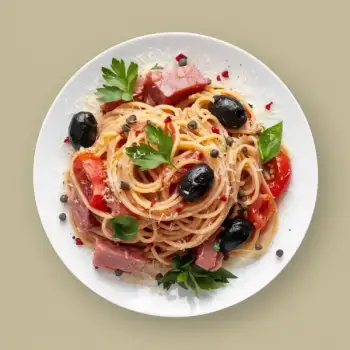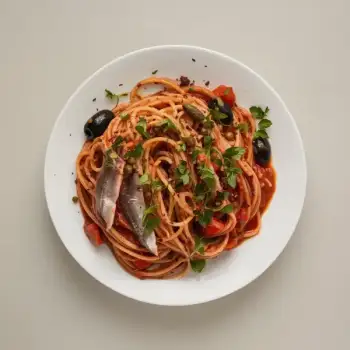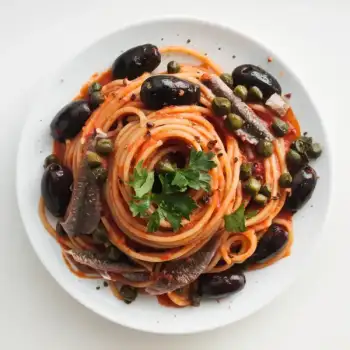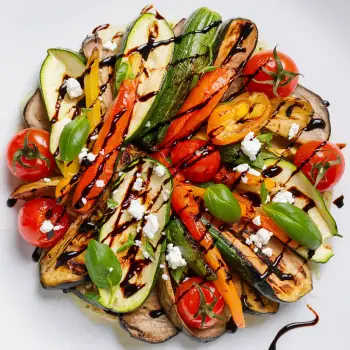


Dried
Black olives that have been dried, either in the sun or in a dehydrator. They have a concentrated flavor and are often used in Mediterranean cuisine.
Whole
Whole black olives are often found in cans or jars, preserved in brine. They are perfect for salads, pizzas, or as a garnish.
Pitted
Black olives that have had their pits removed. They are convenient for cooking and eating as there's no need to remove the pit.
Pureed
Black olives that have been blended into a paste. This is often used in spreads, like tapenade, or in cooking.
Sliced
Black olives that have been sliced into rings. They are commonly used as a topping for pizzas and in salads.
Stuffed
Black olives that have been pitted and then filled with a stuffing, such as pimento, garlic, or blue cheese.




whole black olives: Lindsay
pitted black olives: Pearls
sliced black olives: Mario Camacho
black olive tapenade: Divina
stuffed black olives: Mezzetta

Baking: Black olives can be baked in dishes like casseroles, pizzas, and breads. They add a salty, tangy flavor that complements many ingredients.
Sautéing: Sautéing black olives in a bit of oil can enhance their flavor. This method is often used in pasta dishes or Mediterranean recipes.
Marinating: Black olives can be marinated in a mixture of olive oil, herbs, and spices to enhance their flavor. This is a popular method for preparing olives for antipasto platters or tapenade.













